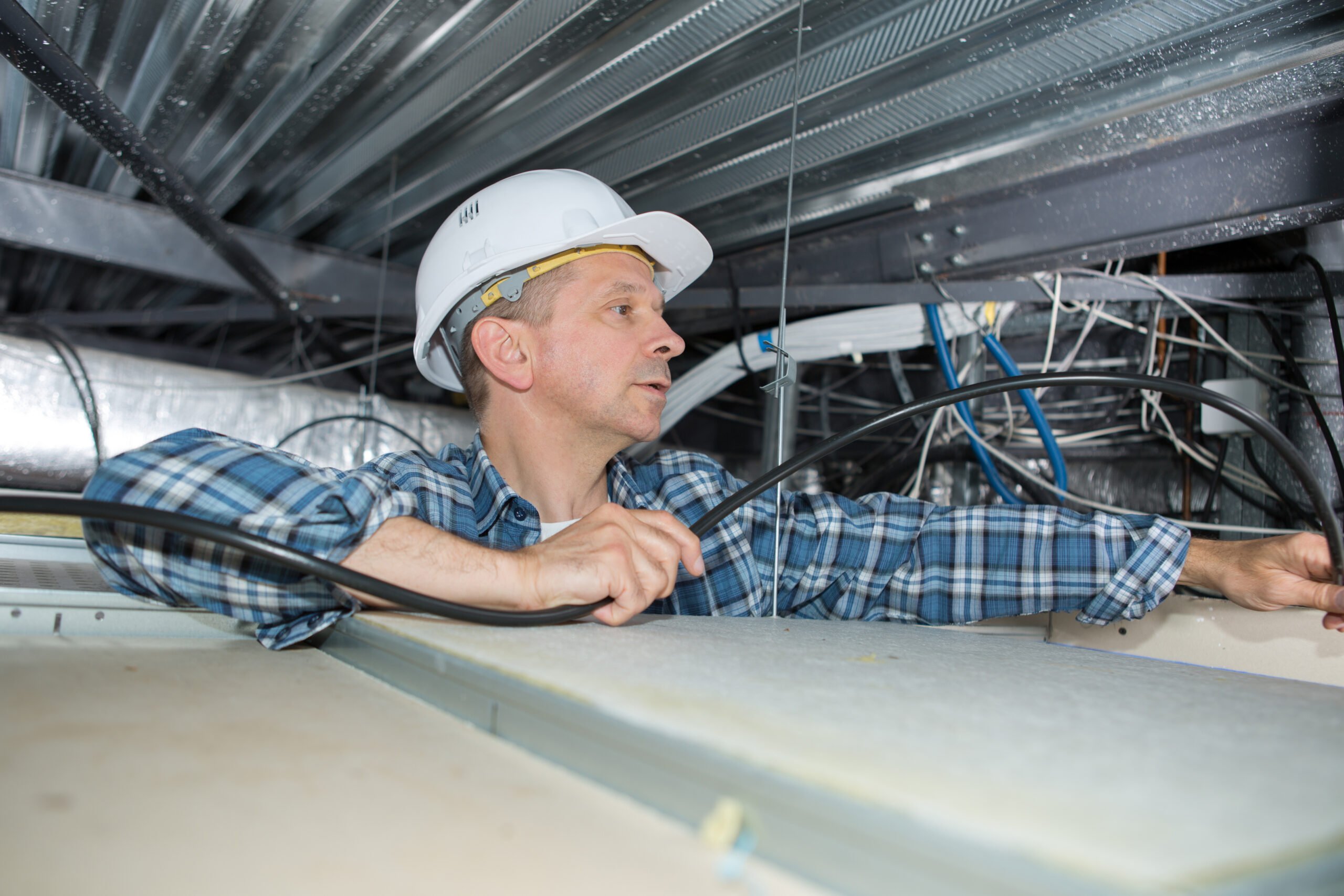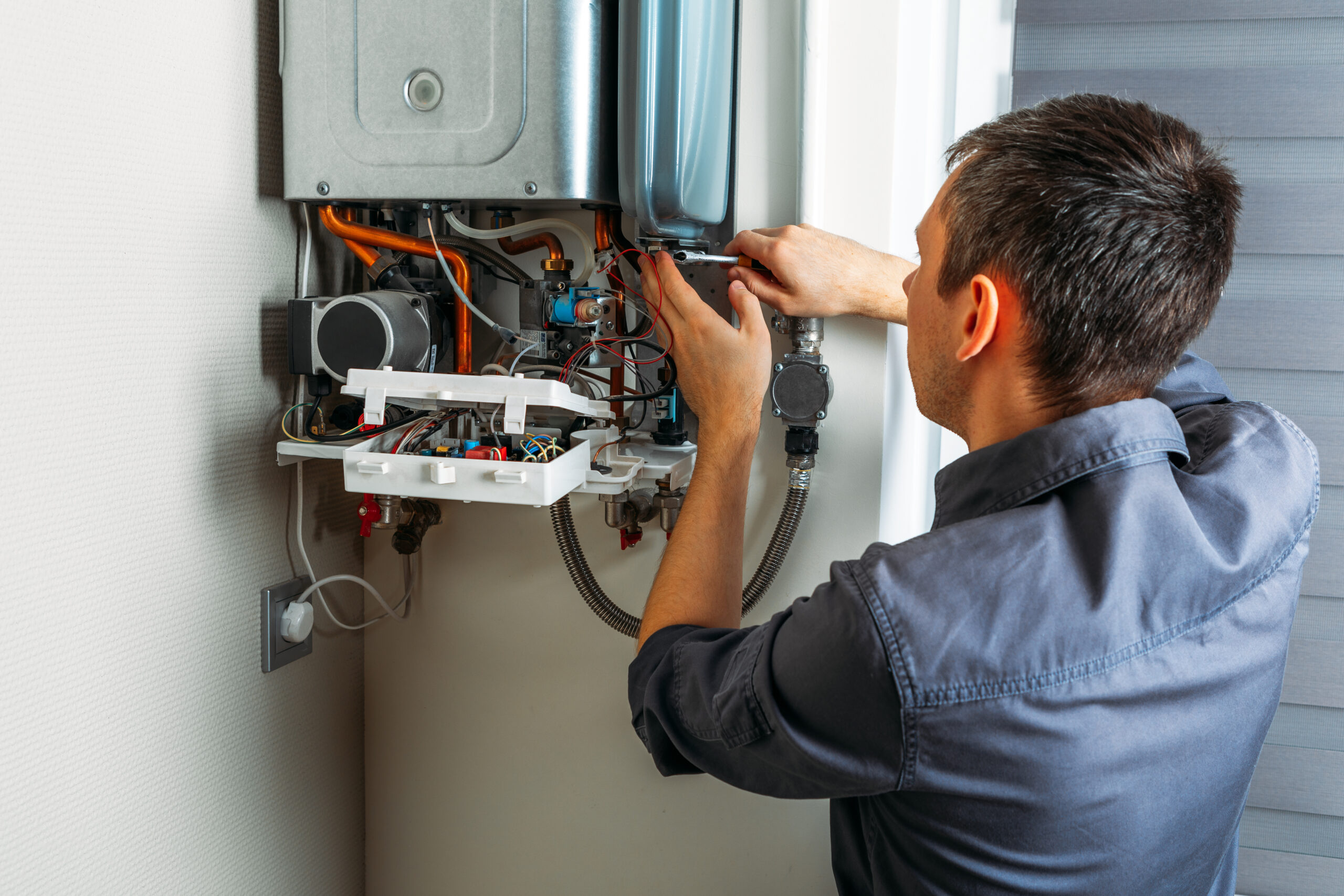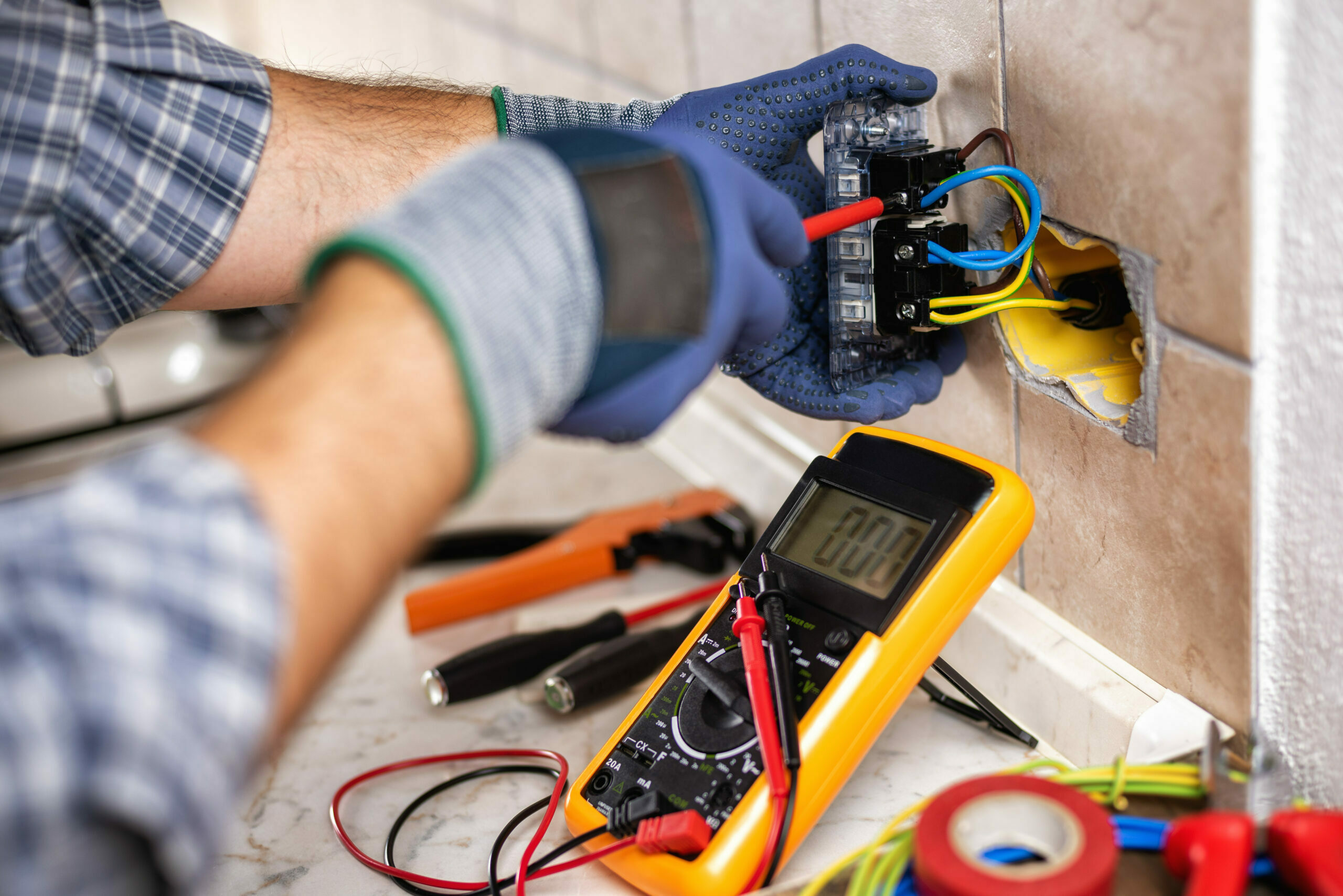Electricians carry out many aspects of electrical work, from repairs to replacements, taking place in commercial properties, households, and new builds. One of the most common jobs you will be called out for as a fully qualified electrician will be the rewire.
Explaining Electrical Rewires
Electrical appliances can be serious fire hazards if mistreated, left to run despite being faulty, or have been in use for way longer than intended. Having outdated wiring more often than not means it is not appropriate for the modern environment and technology we now use, so a rewire is necessary to prevent any future mishaps or serious injuries.
When to do a rewire?
Before quoting your client, you should always visit the location that the job will be taking place and assess the situation. This will let you know how time-consuming and costly the job will be so you can quote accordingly. Here are some examples of when a rewire should be carried out.
- If the property is over 25 years old or hasn’t been brought up to current requirements
- If major remodelling work is required that constitutes a material alteration, as defined by the Building Regulations, it is likely that a part or full rewire of the property will be required. This would include upgrading the consumer unit
- If an extension or conversion is taking place at a property, all new wiring will have to conform to Part P: Electrical Safety and any existing wiring will need to be ensured it can carry the additional loads safely.
- If the cable insulation readings are below acceptable levels during your annual test.
Difference between old and new
When checking the properties electricity meter and fuse box (consumer unit), the best way to tell if they are old models or new ones is that for a modern consumer unit, they will contain circuit breakers, residual current devices (RCDs), and grey or white PVC insulated cable. Old fuse boxes will use old fashioned rewireable fuses.
If there is a mix of switch and socket styles or there is surface-mounted wiring running up any walls or skirting boards, this is a sign that a partial rewire has taken place.
What does a rewire involve?
Rewires are best done when the property has yet to be put down and flooring or furniture, so carrying out this task during other building or trades work is a good idea. Walls, ceilings and floors may need to be cut so to do it when the property is still a construction site is usually the best option as you don’t want to make a mess on a newly finished apartment. If you are carrying out a rewire on an already inhabited building, you must ensure that the first and second fix of each circuit are carried out at the same, making sure the power is reconnected every evening for the occupants, so they can continue their day to day without any further issues or potential for complaints.
First fix – includes all of the wiring for:
- circuits and back boxes
- internal lighting and external security lights
- garden RCD safety sockets
- central heating controls
- doorbells
- smoke detectors and heat alarms
- shaving points
- television aerial sockets
- hard-wired burglar alarms
- telephone points
- data
- speaker cabling
- any hidden cabling
Second fix involves:
- connecting up the consumer unit
- connecting up the boiler, immersion heater and central heating controls
- faceplates for sockets and switches
- light fittings
- wiring any electric fans
- cookers and extractor hoods
- electric showers
- any testing
How long will it take?
Rewire jobs typically take anywhere from two to four days to complete, unless any complications arise. If the building is bigger than a three-bed house, the time may be longer.
The importance of earthing
Earthing ensures that all circuits are protected and a clear path to the earth is in place in the event of a fault within the installation. All new electrical installations are classed as notifiable work, this means that the work must be carried out and/or signed off by a competent person and Building Control must be informed. If correct earthing is not in place and the test
readings do not match those laid out in BS 7671 the installation will not meet regulations and cannot be signed off and energised.
Keep checking our blog for more information regarding the electrician industry, or sign up for our electrician course today and start your journey to becoming a fully qualified electrician.




